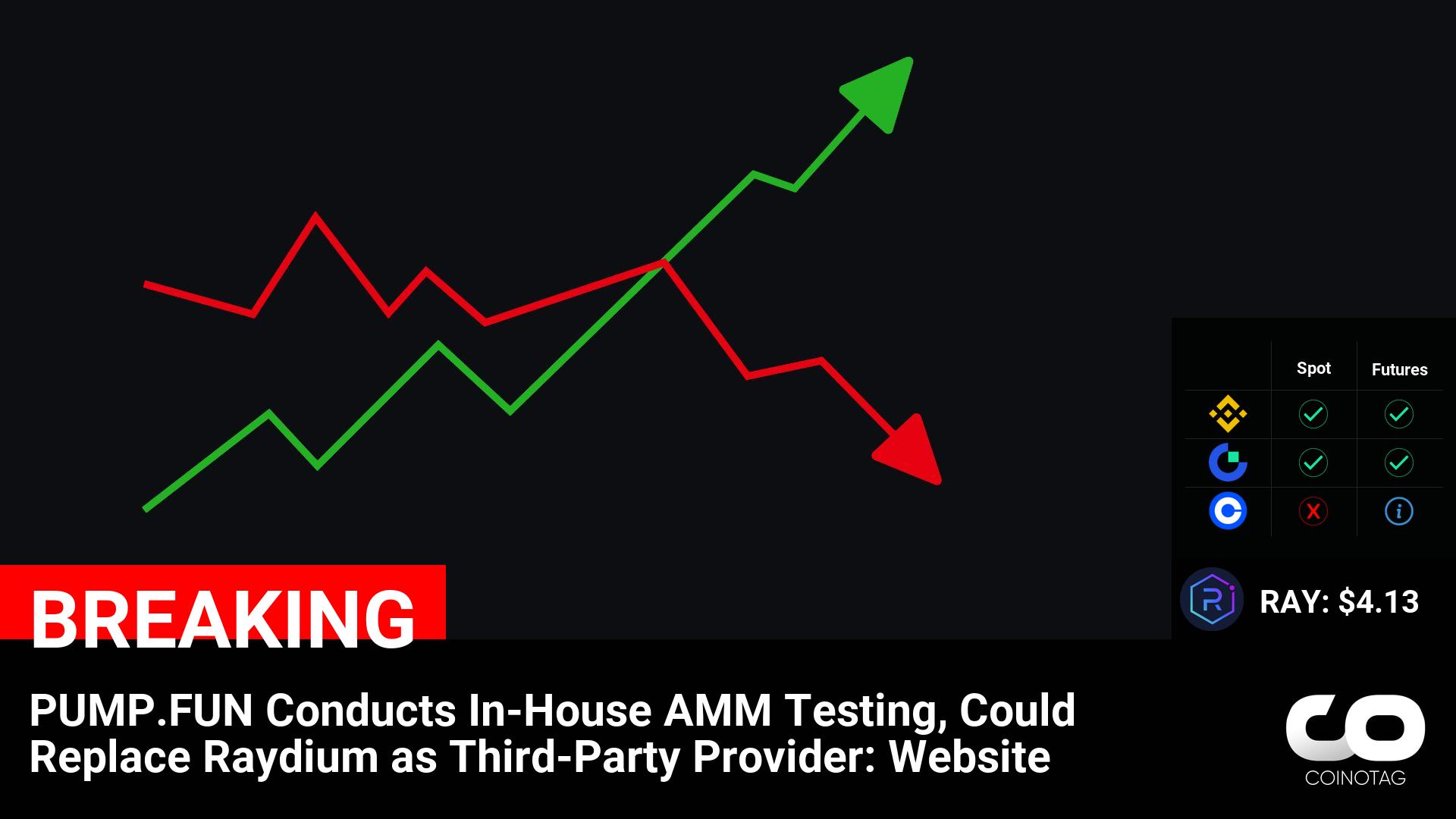
In the rapid-paced financial sector, crypto is a prominent source to make substantial profits. Crypto investors utilize several methods to earn profit from the crypto assets and one of them is crypto arbitrage. Crypto arbitrage is a simplified way to capitalize on price differences of diverse crypto exchanges. This guide covers this technique in detail, focusing on its functionality, its different types, the risks involved in it, and automated trading’s role in crypto arbitrage.
Crypto Arbitrage: An Introduction
Crypto arbitrage trading refers to a method that focuses on leveraging the price discrepancies existing in the crypto market. Particularly, this method takes into account a digital asset’s acquisition at a decreased price in one marketplace and selling it at a raised price in the other marketplace. The whole process of crypto arbitrage depends on the speed of transfers and the capability to rapidly detect and benefit from price differences.
This strategy is in common practice across the conventional financial markets also in the case of bonds and stocks. For instance, there may be a difference in the price of a stock on the New York Stock Exchange in comparison with the Tokyo Stock Exchange. The traders having access to both these venues can try to leverage this discrepancy. Based on the significance of speed in crypto arbitrage trading, the traders need to be quick and alert to timely reap the benefits of the price differences before they disappear.
Types of Crypto Arbitrage
Crypto arbitrage has different types in line with how the traders perform it. The main types take into account cross-chain arbitrage, intra-exchange arbitrage, and options trading arbitrage.
1. Cross-Exchange Arbitrage
Cross-chain arbitrage in crypto trading deals with the procedure of getting profit via capitalization on price discrepancies of a specific asset on diverse crypto exchanges. The traders conduct this crypto arbitrage on different platforms that offer dissimilar prices. This type of crypto arbitrage is further divided into 3 sub-types including standard arbitrage, decentralized arbitrage, and spatial arbitrage.
- Standard arbitrage
This is the simple form of cross-exchange arbitrage as the traders buy and sell digital assets on 2 different crypto exchanges to obtain profit. In this type, the traders benefit from the rapid price fluctuations for profit.
- Decentralized arbitrage
In decentralized arbitrage, the crypto traders focus on a specific crypto asset’s price on a particular decentralized Automated Market Maker marketplace. Additionally, the trader detects the difference in the respective asset’s price on regular exchanges or the spot market. The AMM decentralized exchanges fix the price of the asset in each of the liquidity pools by analyzing the internal supply thereof and its balancing with the trading pair. Hence, an AMM’s price automatically changes in line with demand in its closed ecosystem. This lets traders purchase a crypto asset on a decentralized exchange while trading it on a centralized exchange or do its opposite for profit.
- Spatial arbitrage
Spatial arbitrage is included in the cross-exchange crypto arbitrage, dealing with standard arbitrage with a slight change. For example, exchanges in South Korea often possess massive price premiums because of hype among local investors concerning particular tokens. While worldwide crypto exchanges often have analogous prices, the exchanges targeting specific areas often trade at a discount or a premium. The traders can detect and leverage such price disparities.
2. Intra-Exchange Arbitrage
Intra-exchange arbitrage occurs within one crypto exchange, involving benefiting from different products that the exchange offers. This strategy is advantageous to capture price disparities or the opportunities concerning funding rates within one platform. The intra-exchange arbitrage has 2 sub-types including P2P arbitrage and funding fee arbitrage.
- P2P arbitrage
Peer-to-peer arbitrage takes place in P2P markets, where transfers are conducted directly between consumers. In this respect, Merchants can share sell, or buy advertisements, specifying the crypto amount that they are selling or buying. For this purpose, one can identify the crypto asset with the biggest price discrepancy between sellers and buyers and become a merchant. Following that, the merchant can place both sell and buy advertisements for the respective asset and look for the counterparties. This permits merchants to buy a crypto asset at a decreased price and sell it at an increased price without any extra effort.
- Funding fee arbitrage
Funding fee arbitrage refers to a strategy leveraging payments of funding rates across futures markets. In the futures trading, one can go short (in the likelihood of price dips) or long (in the likelihood of price increases). Nonetheless, the key point here is to earn profit from funding fees rather than price speculation.
3. Options Trading Arbitrage
It is a strategy by which the traders can take advantage of the discrepancies in the over-time behavior of prices in options market. This includes the difference between the implied volatility (what is expected) and real volatility (what actually takes place) in prices.
Risks Dealing with Crypto Arbitrage
Despite its status of being lower-risk, crypto arbitrage trading also has some potential risks. One of these challenges takes into account the requirement for speed. As the price discrepancies can vanish quickly, sluggish action can lead to a likely loss. In addition to this, the transfer fees can also influence arbitrage outcomes. Each trade includes a fee, resulting in an add-up, particularly in the case of trading across different platforms. Thus, one needs to calculate costs and the likely outcomes to prevent potential losses.
Leveraging Automated Trading to Maximize Crypto Arbitrage Benefits
Keeping in view the speed that crypto arbitrage requires, many traders depend on automated trading bots or software. These instruments can observe real-time prices across different platforms and perform trades considerably faster in comparison with human traders. The respective automation can likely enhance the chances of leveraging the arbitrage opportunities.
Closing Thoughts
Crypto Arbitrage trading offers a valuable strategy to leverage price differences throughout markets for returns. Traders can utilize different types of crypto arbitrage across centralized, decentralized, and options markets. Additionally, they should also keep in mind the potential challenges like speed and funding fees to avoid losses. They can also consider using automated trading to maximize profit opportunities.
Crypto News & Market Updates – Read More









